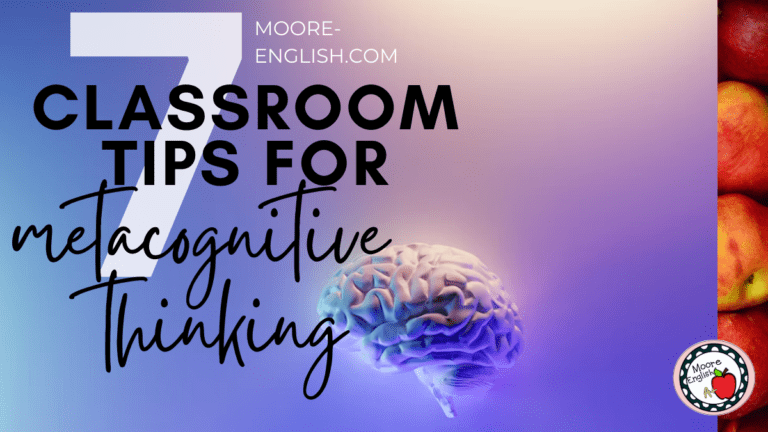I’ve mentioned it before, but my favorite professional development book is Wiggins and McTighe’s Understanding by Design. While I have read many valuable teacher texts, this is the one I return to over and over again. In particular, one of the methods the text uses for collecting feedback from students is to use an exit ticket.
On the exit ticket, students write what’s working for them this week and what’s not working. This method allows teachers to get feedback from students while also challenging students to consider what’s helping them learn, not necessarily what they enjoy doing in class.
Over the years, I have enjoyed using this exit ticket with students. In fact, it was the basis for this free end-of-unit Google Form my students use to provide feedback after assessment. However, lately, I have been applying these questions to my own teaching. To my mind, which aspects of my instruction are working? And which ones are not? Over time, I’ve found these two questions can provide valuable insights into my own instruction. Here’s how.

This post this post may contain affiliate links. Please read the Terms of Use.
What’s Not Working
Oh, let me tell you, there’s so much that’s not going the way I’d like. I can’t get my comprehension interviews off the ground. My freshman are struggling to self regulate during silent reading time. My third block is perpetually behind my fourth and fifth blocks even though they are all the same course. I keep having to call audible after audible after audible. This week is extra long because I have cafeteria duty, and it’s the week of parent-teacher conferences.
What’s Working
My sophomores are my sweet spot right now. They have bought into the process of setting goals and updating their personal data sheets to watch their growth. They are on their fourth writing assignment, and each assignment shows more and more growth. In addition, all of my classes are annotating text in some capacity. My annual kickoff to daily context clues went well!
What This Reveals
After a few days or weeks of recording what’s and what’s not, patterns begin to emerge.
- My most successful assignments are grounded in routines, including regular updates to our class data sheets and the regular practice of annotating everything.
- The things “not working” were mostly anticipated. When I set my goals for the year, I knew I would need to adjust to a new content, a new grade level, and a new bell schedule. Excepting my comprehension interviews not getting off the ground, most of what’s not working was anticipated.
- I thrive on routines and procedures. For example, my sophomores struggled mightily with those four writing assignments, but I pretty much knew what to expect because I’ve done this dance before.
- I still struggle with perfectionist tendencies and with concerns about failure.
My Take Aways
More than anything, this exercise leaves me with two significant insights. First, all is not lost! There’s a lot of year left to teach. My classroom is no idol, but it’s also not a pit of chaos. And I’m also not feeling crunched yet. Secondly, there’s so. much. going. right.
As a teacher, my strength is content, building routines, and creating a safe, predictable classroom where students feel comfortable taking risks. If that’s my strength, then that’s what I’m going to teach to. Instead of focusing exclusively on what’s not working, I’m going to lean into the positive. I’m going to lean into what IS working. If I’m great at routines, then I’m going to consider what kinds of routines I can adapt so I can get in my comprehension interviews. With this one, small exercise, I’m better able to see my teacher truth. What will you see in yourself and in your classroom?
















